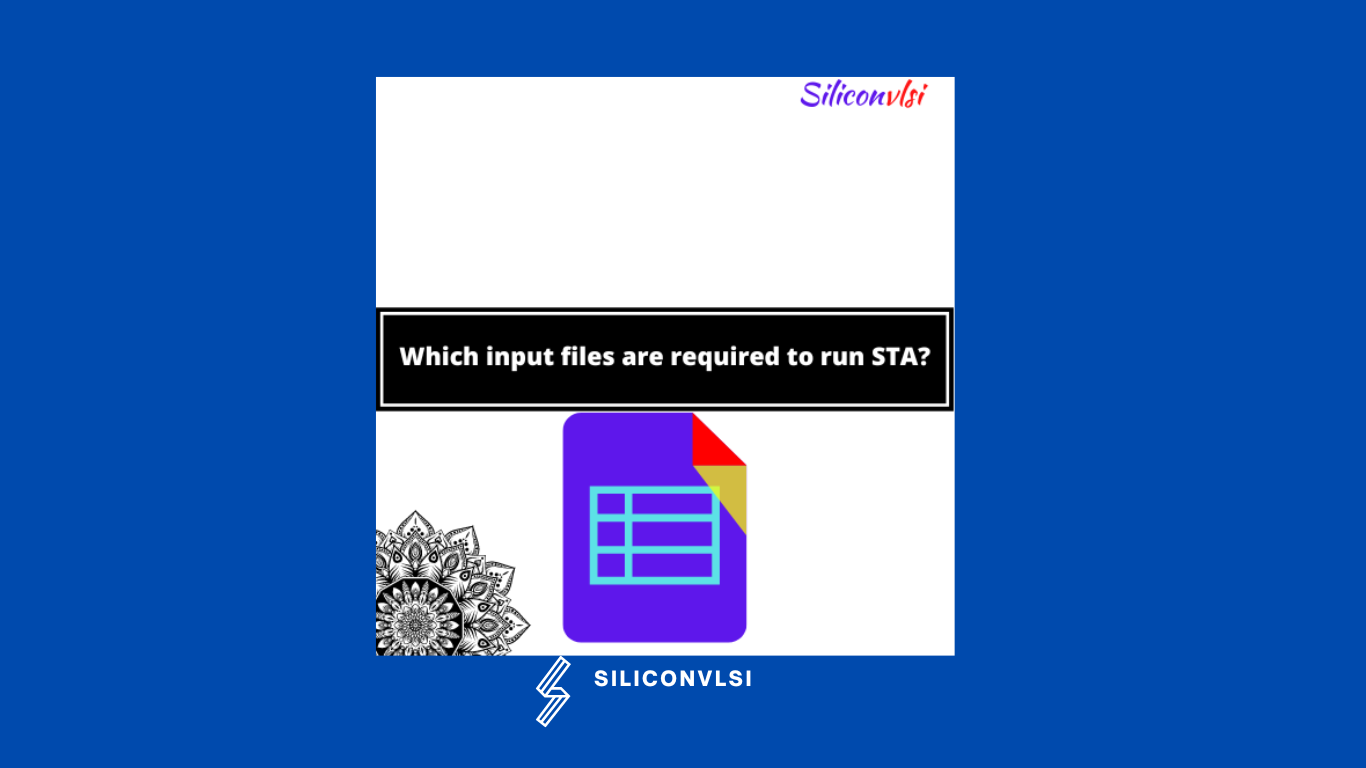Which input files are required to run STA
• Parasitic files
• Gate-level netlist
• Constraints
• General setup scripts.
When Static Timing Analysis is done?
Before layout, it should be done once, and then again two to three times after. After routing, the sign-off can be completed. STA can be done after synthesis. This way timing analysis should consider in our design.
How STA is different from circuit simulation?
STA moves more quickly than circuit simulation since it doesn’t deal with input-output variables. While the circuit simulation tests a specific set of input-output variables, it provides comprehensive insight through worst-case timing analysis of all possible logic circumstances.
What are the various timing paths?
• Input to the macro input pin.
• Macro input to the macro output pin.
• Macro output to the primary output pin.
• Clock pin of one register to D-pin of another register.
• Input to D-pin of register.
• D-pin of the register to output.
• Input to output through combinational elements.
How STA is performed on the circuit?
• The circuit design is divided into a potential set of timing pathways at this point.
• For each path, the signal propagation delay is estimated.
• Timing errors both within the design and at the input-output interface are checked.
• The STA tool examines each timing constraint and compares it to the ideal timing constraints to determine whether any timing violations exist in the circuit.
During static timing analysis, what are the ideal characteristics of a clock?
• The clock should be free of glitches.
• The worst-case duty cycle should be applied when moving data between clock edges.
• When clock speeds increase, the Jitter parameter needs to be taken into consideration. For instance, the maximum allowable jitter for PLL.
• The period of the clock should be accurately determined, and correct phase relationships between two different clocks of interest should be created.
What are the input files required for PNR?
The inputs to Place and Route (PNR) tools typically include the design netlist, floorplan, timing libraries, and design constraints. Timing libraries serve as a database storing comprehensive information about various parameters of logical cells, such as input capacitances, timing arcs, and more. This information is crucial for accurately analyzing and optimizing the timing performance of the design during the placement and routing stages.
